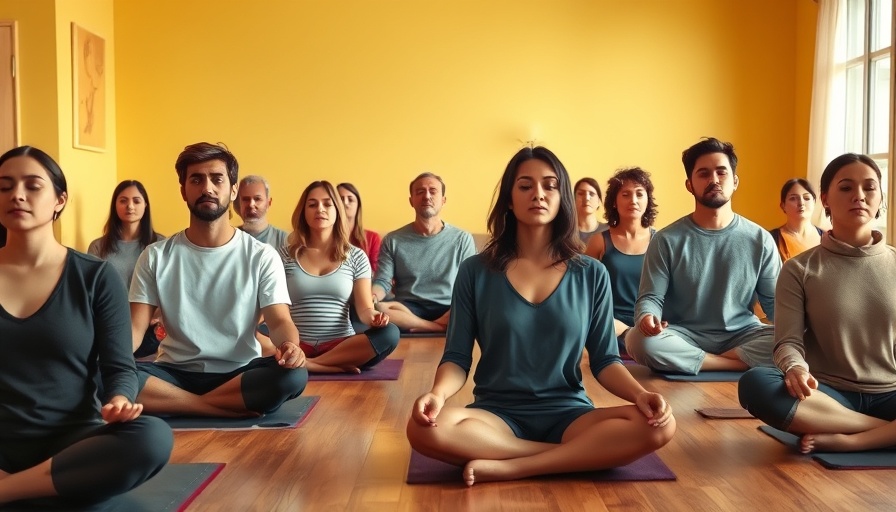
Unpacking the Group Factor in Mindfulness
In a world where individuality often reigns supreme, it’s essential to reconsider how we engage with mindfulness practices.
Traditionally, mindfulness emphasized community, a concept that seems to be pushing to the background as solo meditation garners popularity. As highlighted by Ed Halliwell, meditation is not solely about solitary reflection; rather, it flourishes in the nurturing embrace of community support. When people gather for mindfulness training, they not only learn techniques together but also share their personal burdens, realizing that they are not alone in their struggles.
The Power of Shared Experiences
For individuals with autism, the importance of community cannot be understated. Many experience feelings of isolation that can exacerbate anxiety and stress. However, in a group setting—whether it's a structured mindfulness session or a casual meet-up—these feelings can dissipate. Sharing experiences fosters connection, allowing participants to recognize that many others face similar challenges. This realization can be liberating: “It’s not just me; it’s us.” It transforms mindfulness from a potential pressure to 'get it right’ individually to a collective journey of healing and growth.
Why Common Ground Sparks Habit Formation
Group settings inherently create a sense of accountability. When practicing mindfulness together, members encourage one another, often extending their practice beyond scheduled sessions into their daily lives. The support offered by peers acts as a motivator, making it easier for individuals—especially those on the autism spectrum—to establish a routine.
Consider an individual on the spectrum who might hesitate to engage in mindfulness due to perceived social barriers. However, within a group, they are more likely to feel encouraged to participate and practice independently. This is crucial, as it also addresses the needs of caregivers, parents, and professionals, offering them collective insight into practical mindfulness applications.
Practical Steps to Foster Group Mindfulness
1. **Find or Form a Group**: Look for local mindfulness groups, workshops, or classes tailored to individuals with autism. If none exist, consider creating a small meetup.
2. **Consistency Is Key**: Establish a regular schedule for the group—be it weekly or bi-weekly—to foster connection and accountability.
3. **Share Experiences**: Start each session with an open floor for participants to share their highs and lows regarding mindfulness and mental health.
A Journey Together
Ultimately, making meditation a lasting habit is far easier when it’s shared. The collective element doesn’t replace personal practice but enhances it, offering the community support often needed for those managing autism. By embracing mindfulness in a group, individuals can learn to open up to themselves and to one another, subtly shifting their relationship with meditative practices.
This perspective emphasizes the unique advantage that group mindfulness offers, especially to those who might struggle with isolation: a reminder that they are not alone in their journey toward mental well-being.
 Add Row
Add Row  Add
Add 




Write A Comment